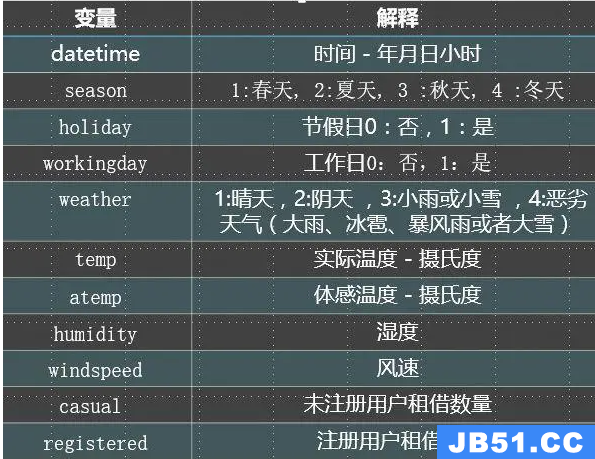This problem was asked by Google.
Implement locking in a binary tree. A binary tree node can be locked or unlocked only if all of its descendants or ancestors are not locked.
Design a binary tree node class with the following methods:
-
is_locked,which returns whether the node is locked -
lock,which attempts to lock the node. If it cannot be locked,then it should return false. Otherwise,it should lock it and return true. -
unlock,which unlocks the node. If it cannot be unlocked,it should unlock it and return true.
You may augment the node to add parent pointers or any other property you would like. You may assume the class is used in a single-threaded program,so there is no need for actual locks or mutexes. Each method should run in O(h),where h is the height of the tree.
Solution 1.
is_locked(): O(1)
lock(): O(m + h)
unlock(): O(m + h)
lock and unlock will take O(m + h) time where m is the number of nodes in the node‘s subtree (since we have to traverse through all its descendants) and h is the height of the node (since we have to traverse through the node‘s ancestors).
1 public class BinaryTreeWithLock { 2 private class BinaryTreeNode { 3 boolean locked; 4 BinaryTreeNode parent; 5 BinaryTreeNode leftChild; 6 BinaryTreeNode rightChild; 7 } 8 9 public boolean is_locked(BinaryTreeNode node) { 10 return node.locked; 11 } 12 public boolean lock(BinaryTreeNode node) { 13 if(!checkLockPrecondition(node)) { 14 return false; 15 } 16 node.locked = true; 17 return true; 18 } 19 public boolean unlock(BinaryTreeNode node) { 20 if(!checkLockPrecondition(node)) { 21 return false; 22 } 23 node.locked = false; 24 return true; 25 } 26 private boolean checkLockPrecondition(BinaryTreeNode node) { 27 //check descendants 28 boolean left = checkChildLockPrecondition(node.leftChild); 29 if(!left) { 30 return false; 31 } 32 boolean right = checkChildLockPrecondition(node.rightChild); 33 if(!right) { 34 return false; 35 } 36 //check ancestors 37 BinaryTreeNode parentNode = node.parent; 38 while(parentNode != null) { 39 if(parentNode.locked) { 40 return false; 41 }
parentNode = parentNode.parent; 42 } 43 return true; 44 } 45 private boolean checkChildLockPrecondition(BinaryTreeNode node) { 46 if(node == null) { 47 return true; 48 } 49 if(node.locked) { 50 return false; 51 } 52 boolean left = checkChildLockPrecondition(node.leftChild); 53 if(!left) { 54 return false; 55 } 56 boolean right = checkChildLockPrecondition(node.rightChild); 57 return right; 58 } 59 }
Solution 2 with O(n) lock and unlock
Since solution 1 does not meet the O(h) requirement,we can improve the performance of lock and unlock by adding another field to the node that keeps tracks of the count of locked descendants. That way,we can immediately see whether any of its descendants are locked. This will reduce our lock and unlock functions to only O(h). We can maintain this field by doing the following:
- When locking,if the locking succeeds,traverse the node‘s ancestors and increment each one‘s count
- When unlocking,traverse the node‘s ancestors and decrement each one‘s count
1 public class BinaryTreeWithLock { 2 private class BinaryTreeNode { 3 int val; 4 boolean locked = false; 5 BinaryTreeNode parent; 6 BinaryTreeNode leftChild; 7 BinaryTreeNode rightChild; 8 int lockedDescendantCount = 0; 9 } 10 11 public boolean is_locked(BinaryTreeNode node) { 12 return node.locked; 13 } 14 public boolean lock(BinaryTreeNode node) { 15 if(is_locked(node)) { 16 return true; 17 } 18 if(!canLockOrUnlock(node)) { 19 return false; 20 } 21 node.locked = true; 22 BinaryTreeNode parentNode = node.parent; 23 while(parentNode != null) { 24 parentNode.lockedDescendantCount += 1; 25 parentNode = parentNode.parent; 26 } 27 return true; 28 } 29 public boolean unlock(BinaryTreeNode node) { 30 if(!is_locked(node)) { 31 return true; 32 } 33 if(!canLockOrUnlock(node)) { 34 return false; 35 } 36 node.locked = false; 37 BinaryTreeNode parentNode = node.parent; 38 while(parentNode != null) { 39 parentNode.lockedDescendantCount -= 1; 40 parentNode = parentNode.parent; 41 } 42 return true; 43 } 44 private boolean canLockOrUnlock(BinaryTreeNode node) { 45 if(node.lockedDescendantCount > 0) { 46 return false; 47 } 48 BinaryTreeNode parentNode = node.parent; 49 while(parentNode != null) { 50 if(parentNode.locked) { 51 return false; 52 } 53 parentNode = parentNode.parent; 54 } 55 return true; 56 } 57 }





